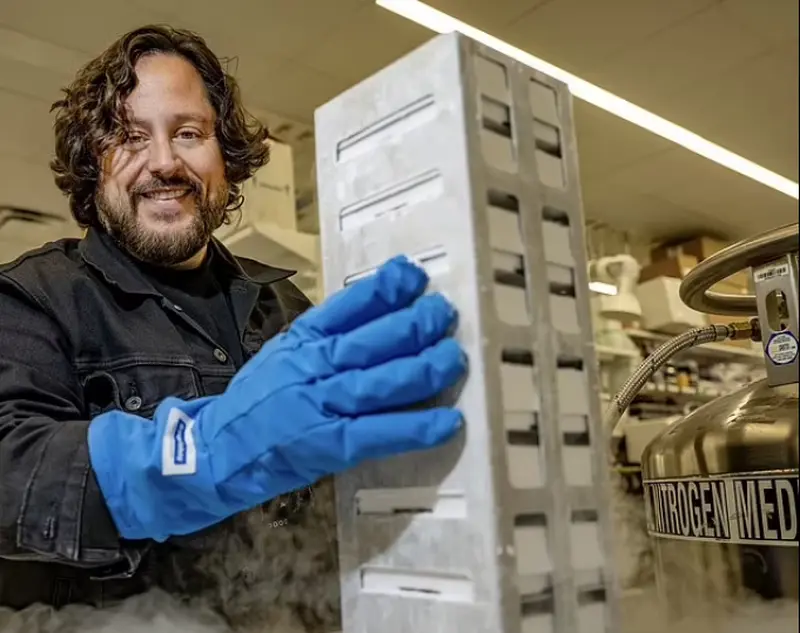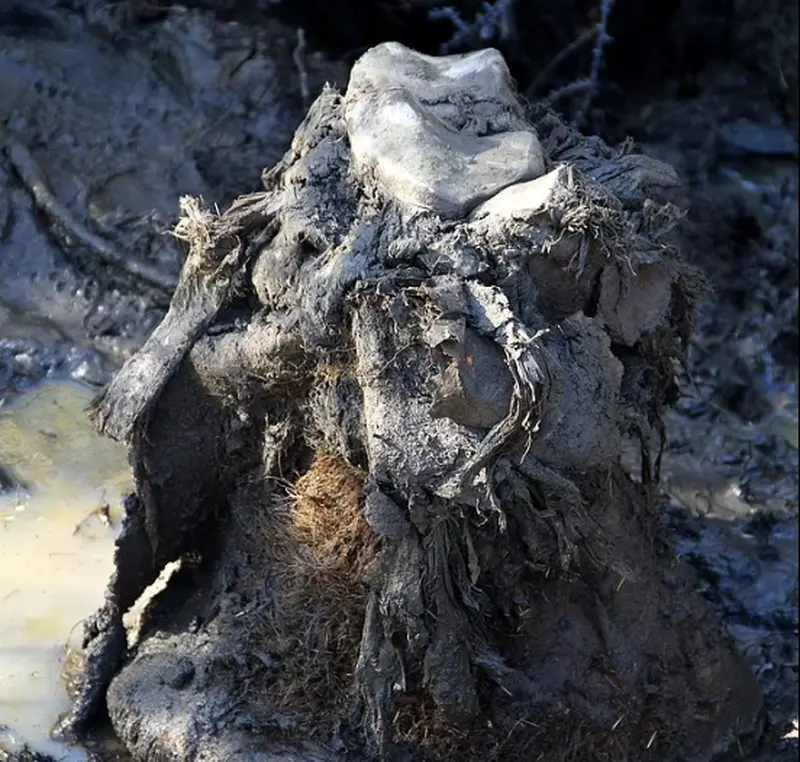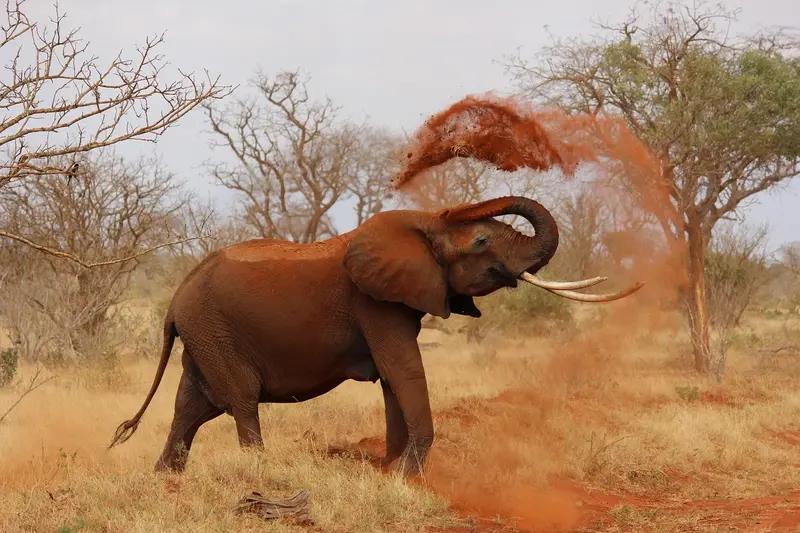This scientific breakthrough was announced by the Texas company Colossal Biosciences, which specializes in biotechnology and genetic engineering. The team of like-minded individuals plans to bring the woolly mammoth and other long-extinct species back to life.
The company, valued at $10.2 billion, has promised that the world will see revived woolly mammoths by 2028. Researchers at Colossal Biosciences have secured $200 million in investments in a new funding round for the project. Since its launch in 2021, scientists have raised $435 million.
Ben Lemm, the CEO and founder of Colossal Biosciences, is confident that with investments, the first woolly mammoth calves will be born. mammoth They could be born within a few years. According to him, the funding will allow for an increase in the team, as well as the development and implementation of new technologies.

At what stage is the revival of the mammoth currently?
Researchers at the company have already decoded the genome of the woolly mammoth and found a way to obtain stem cells from the Asian elephant, which will give rise to several different types of cells. These are two important steps towards the resurrection of the extinct species.
Currently, scientists need to carry out the gene editing process to add the target mammoth genes to the DNA of an elephant, the publication reported. Daily Mail .
According to Lemma, to understand how the resurrection of the mammoth occurs, one must imagine this process as “Jurassic Park in reverse.” In the films, scientists resurrect dinosaurs extracting ancient DNA frozen in amber, and then using frog genes to patch up the gaps in DNA dinosaur.

Remains of a mammoth from which DNA was extracted.
Unlike the movie geniuses, researchers at Colossal Biosciences are working in the opposite direction. “We are not taking mammoth DNA and filling in the gaps; we are trying to transfer the lost mammoth genes into Asian elephants,” said Lemm.
Asian elephants are more closely related to woolly mammoths than African elephants. They share 95 percent of their genetic code with the extinct giants.
By studying the differences between the genomes of the Asian elephant and the woolly mammoth, researchers identified target genes that determine whether the outcome will be an elephant or a mammoth.
Thanks to advancements in technology gene editing Using technologies like CRISPR, scientists can now take target genes and insert them directly into the DNA of modern elephants. For example, they can take an ancient gene responsible for wool formation in mammoths and integrate it into the DNA of the Asian elephant.

The hybrid DNA obtained from the elephant and mammoth can be used to create “pluripotent stem cells”: a type of cell that has the potential to become any type of tissue.
Theoretically, the project’s scientists aim to transform these cells into sperm, egg cells, or even viable embryos containing the genetic program necessary for developing into a mammoth. The team then plans to implant these bioengineered embryos into female Asian elephants, which will carry them to term and eventually give birth to woolly mammoth calves.
Colossal Biosciences intends to do the same with other extinct species, such as the dodo bird, the Tasmanian tiger, and the Pyrenean ibex. Since these species reproduce much faster than woolly mammoths, we will likely see their return before the revived hairy mammals with tusks make their appearance, Lem said.
Regarding potential sites for the reintroduction of woolly mammoths, he reported that the company has held several preliminary negotiations with northern U.S. states, including Alaska, as well as with Canada.
Critics observing the research believe that bringing a long-extinct species back into the modern environment carries risks. They argue that it could disrupt the delicate balance of the ecosystem. And since no one has ever reintroduced an extinct ancient species into the wild, it is unknown what consequences this might have.
However, the project leader claims that he is not concerned about the risks of large extinct mammals reappearing in the world. “I think we can look at indirect examples of wildlife restoration and see how they work,” said Ben Lemm, citing the reintroduction of bison in Yellowstone National Park as an example.
Research has shown that the reintroduction of local megafauna leads to a sustainable improvement in biodiversity. Based on these encouraging results, Lemm believes that the return of woolly mammoths is likely to have a similar positive effect.
“We are confident that a more diverse ecosystem is the best ecosystem,” he said.

